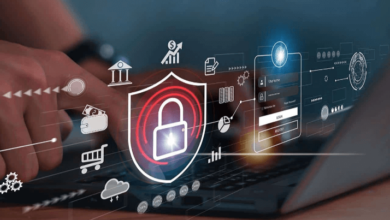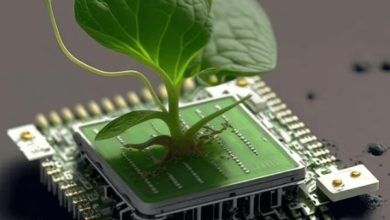How are edge computing and IoT converging to reshape data processing and real-time analytics?

Introduction
The convergence of edge computing and the Internet of Things (IoT) is revolutionizing data processing and real-time analytics. This powerful combination is enhancing operational efficiency, enabling quicker decision-making, and fostering innovation across various industries.
Understanding Edge Computing
Edge computing refers to processing data near its source, reducing latency and bandwidth use. This localized approach contrasts with traditional cloud computing, where data is sent to centralized servers for processing.
What Is IoT?
The Internet of Things (IoT) encompasses interconnected devices that collect and exchange data. These devices range from smart home appliances to industrial sensors, creating a vast network that facilitates data-driven decision-making.
Convergence of Edge Computing and IoT
The merging of edge computing and IoT allows for efficient data processing at the device level. This synergy reduces the need for data to travel long distances, enabling faster and more reliable analytics.
Benefits of Convergence
- Reduced Latency: Localized processing minimizes delays, crucial for applications requiring real-time responses.
- Enhanced Data Security: Data processed at the edge is less vulnerable to breaches during transmission.
- Scalability: Systems can be scaled efficiently, accommodating the growing number of IoT devices.
Real-Time Analytics in Action
Industries such as healthcare, manufacturing, and transportation leverage edge computing and IoT to achieve real-time analytics. For instance, in healthcare, patient data is analyzed instantly, enabling prompt medical responses.
Challenges in Implementation
- Integration Complexity: Merging IoT devices with edge computing infrastructures requires seamless integration.
- Data Management: Handling vast amounts of data at the edge necessitates robust data management strategies.
- Cost Considerations: Initial setup costs for edge infrastructure can be significant.
Future Prospects
The future holds promising advancements in the convergence of edge computing and IoT. Enhanced machine learning algorithms and AI at the edge will further streamline data processing and analytics.
FAQs
How does edge computing improve IoT performance?
Edge computing processes data closer to the source, reducing latency and enhancing IoT device performance by enabling faster responses.
What industries benefit most from this convergence?
Industries like healthcare, manufacturing, and transportation see significant benefits from real-time analytics and reduced data processing delays.
Are there security risks with edge computing?
While edge computing enhances security by reducing data transmission risks, proper security measures must be in place to protect data at the edge.
How does this convergence impact cloud computing?
Edge computing complements cloud computing by offloading processing tasks, reducing cloud server loads, and optimizing resource use.
What role does AI play in edge computing and IoT?
AI enhances decision-making at the edge, enabling predictive analytics and improving the efficiency of IoT systems.
Can small businesses benefit from edge computing and IoT?
Yes, small businesses can leverage this convergence for improved operational efficiency and cost savings in data processing.
Conclusion
The convergence of edge computing and IoT is reshaping data processing and real-time analytics. This integration offers numerous benefits, from reduced latency to enhanced security, driving innovation and efficiency across various sectors. As technology continues to advance, the potential for even greater impacts on data analytics and operational processes is immense.





